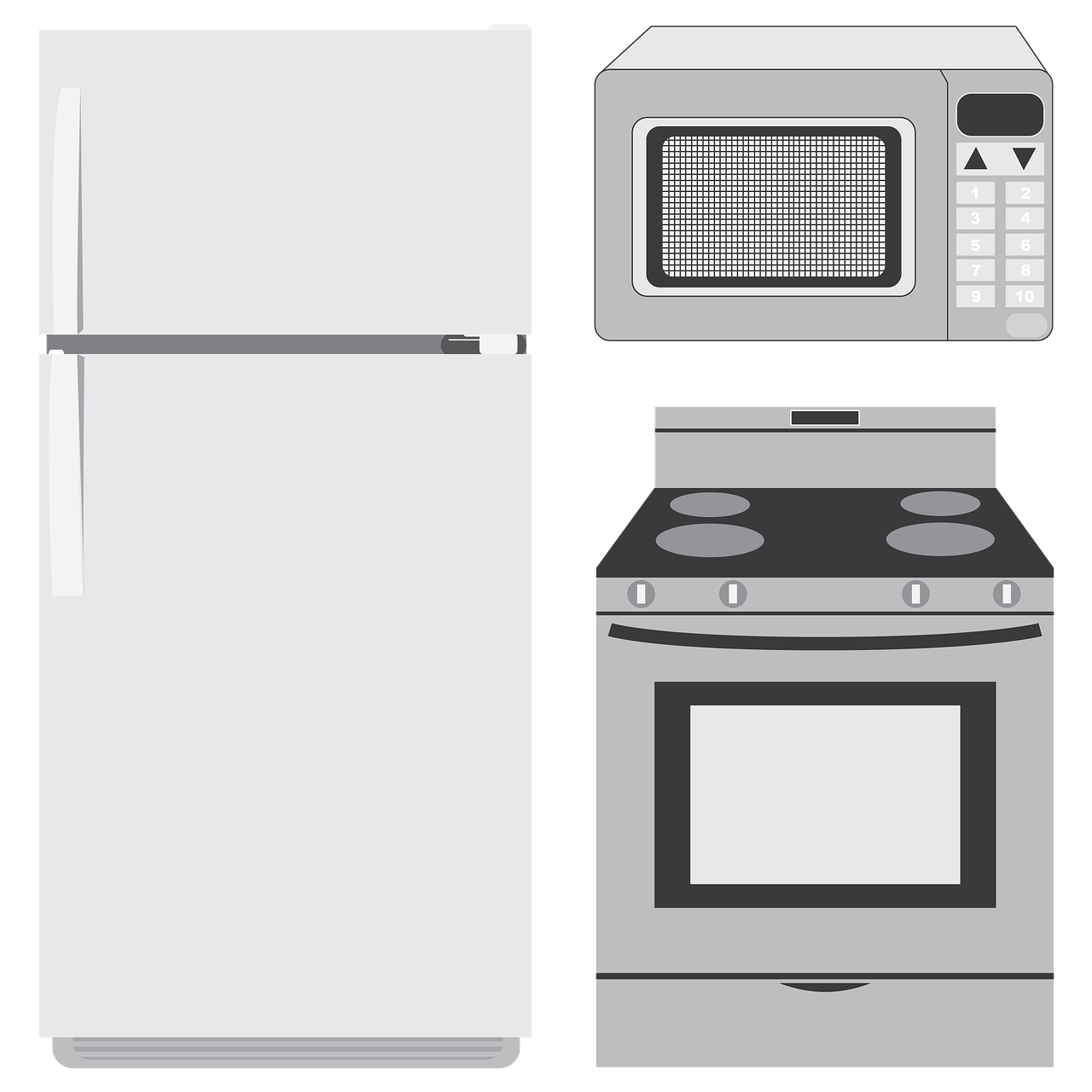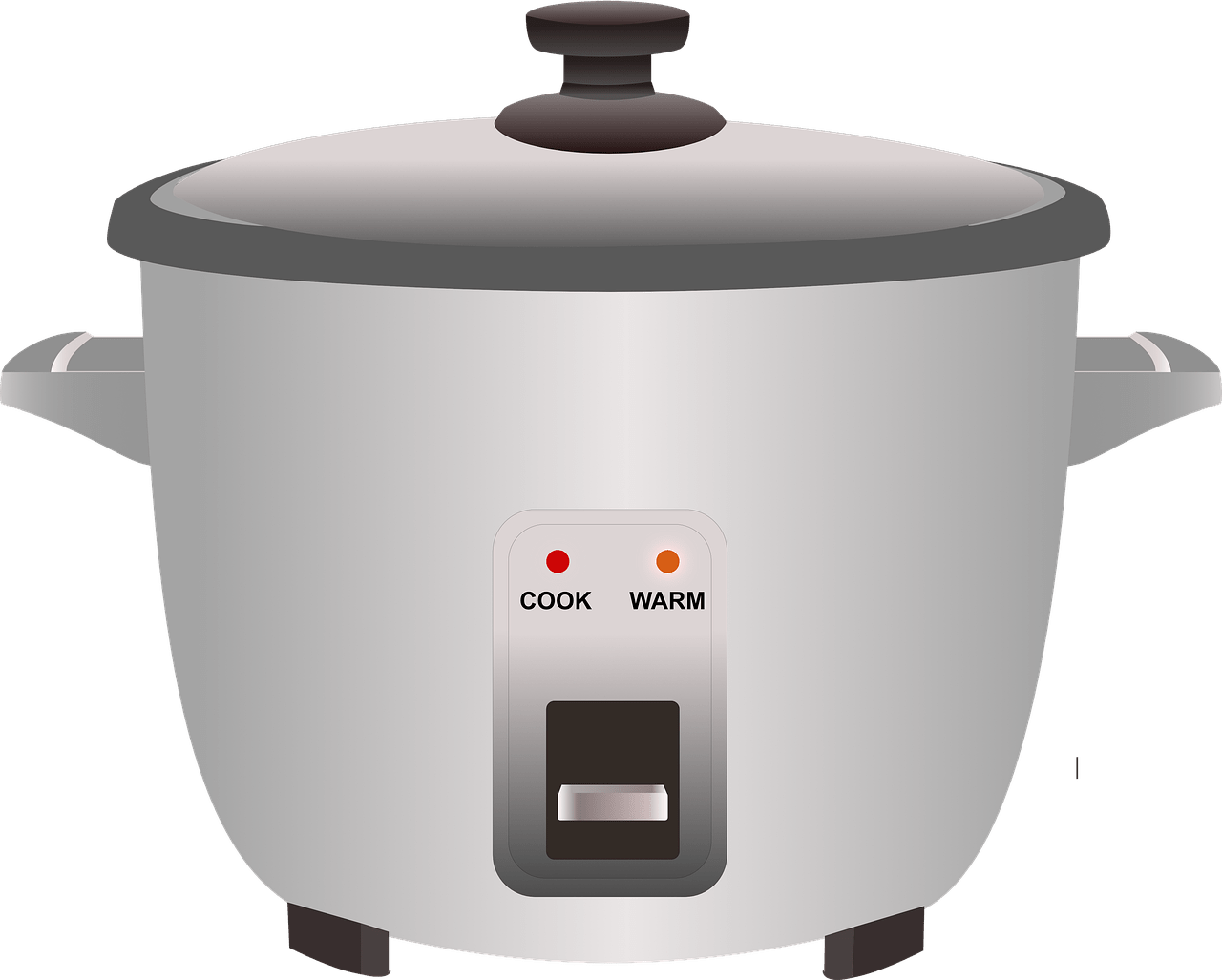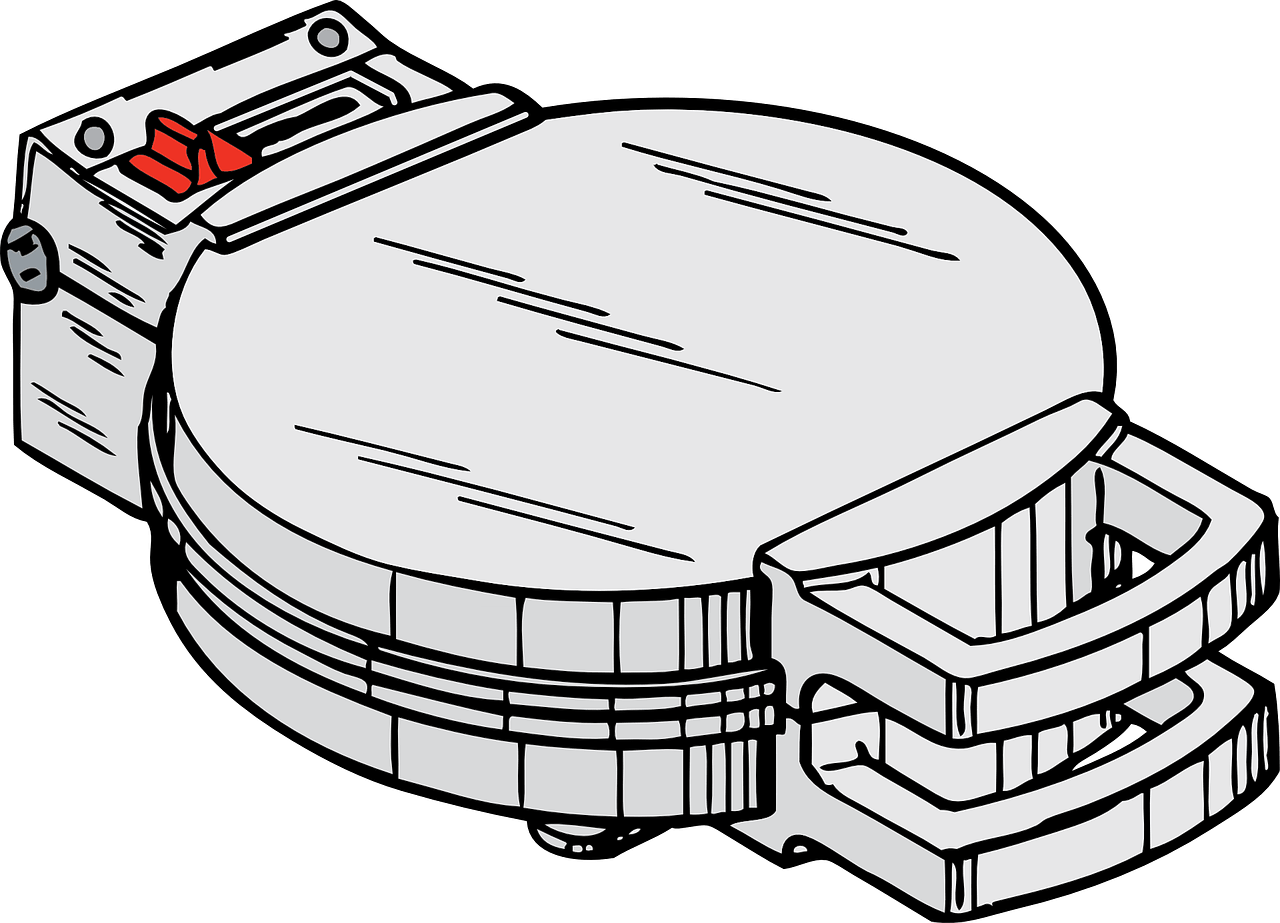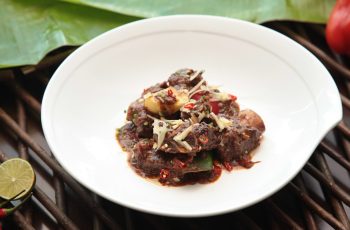Ad Blocker Detected
Our website is made possible by displaying online advertisements to our visitors. Please consider supporting us by disabling your ad blocker.
In this informative article, discover the key differences between electric pressure cookers and slow cookers, and find out which one is right for you. Whether you’re a busy professional looking for a quick meal solution or a home cook seeking to enhance flavors through slow cooking, this comparative guide will help you make an informed decision. Explore the advantages and disadvantages of both appliances, and get ready to elevate your culinary skills.
Size and Capacity
Physical size
When it comes to size, electric pressure cookers and slow cookers have some differences. Electric pressure cookers are usually compact and take up less counter space, making them a great option for smaller kitchens or households with limited space. On the other hand, slow cookers are generally larger and bulkier, requiring more counter or storage space. If you have a spacious kitchen or often cook for a larger number of people, a slow cooker might be more suitable for your needs.
Capacity
Capacity is another important factor to consider when choosing between an electric pressure cooker and a slow cooker. Electric pressure cookers typically come in various sizes, ranging from 4-quart to 8-quart, allowing you to choose the size that matches your cooking needs. Slow cookers, on the other hand, are available in larger sizes, often starting from 6-quart and going up to 10-quart or even more. This larger capacity makes slow cookers ideal for cooking large portions or meals for gatherings or parties. Consider the number of people you usually cook for and the quantity of food you plan to prepare when deciding on the capacity of your cooking appliance.
Cooking Time
Electric pressure cooker
One of the main advantages of an electric pressure cooker is its significantly reduced cooking time. The high-pressure cooking environment created by an electric pressure cooker allows food to cook faster compared to traditional stovetop cooking or slow cooking methods. With the ability to reach higher temperatures than slow cookers, an electric pressure cooker can help you prepare a meal in a fraction of the time. This quick cooking feature is particularly beneficial for busy individuals or families who want to save time in the kitchen.
Slow cooker
Slow cookers, as the name suggests, are designed to cook food slowly over a longer period of time. They are perfect for those who prefer to prepare meals in advance and let them simmer all day while they go about their daily activities. Slow cooking is ideal for tougher cuts of meat, as the slow, low-temperature cooking method helps to tenderize them and bring out their flavors. If you prefer the convenience of setting and forgetting your meal, a slow cooker is the way to go. However, it’s important to note that the longer cooking time may not be suitable for everyone’s busy schedules.

Versatility
Types of dishes
Both electric pressure cookers and slow cookers offer a wide range of cooking options, allowing you to prepare various types of dishes. Electric pressure cookers excel in the versatility department, as they can perform a multitude of cooking functions such as pressure cooking, steaming, sautéing, slow cooking, and even baking. This versatility means you can prepare everything from soups and stews to rice, pasta, and desserts all in one appliance. Slow cookers, on the other hand, are primarily designed for slow cooking, making them perfect for dishes like chili, pot roast, pulled pork, and hearty soups.
Cooking methods
Aside from the different types of dishes they can cook, electric pressure cookers and slow cookers also differ in their cooking methods. Electric pressure cookers rely on high-pressure steam to cook food quickly, while slow cookers use low temperatures over an extended period to achieve tender and flavorful results. The pressure cooking method of electric pressure cookers allows for rapid cooking and can effectively break down tough meat fibers, while the slow cooking method of slow cookers enhances the flavors and textures of ingredients over time. Consider the cooking methods that align with your culinary preferences when deciding between the two appliances.
Ease of Use
Control panel
Electric pressure cookers and slow cookers both come with their own set of controls, but the design and user interface may differ. Electric pressure cookers often feature a digital control panel with pre-set cooking functions and adjustable settings for pressure, temperature, and cooking time. These control panels allow for precise cooking and take the guesswork out of the equation. Slow cookers, on the other hand, usually have simpler control knobs or buttons that let you adjust the temperature and cooking time. While electric pressure cookers offer more control and versatility, slow cookers offer simplicity and ease of use.
Cooking settings
Electric pressure cookers typically provide a wider range of cooking settings compared to slow cookers. These settings include options for various cooking methods, such as pressure cooking, slow cooking, sautéing, and even rice cooking. Additionally, some electric pressure cookers offer specialized settings for specific dishes like soups, stews, and desserts. Slow cookers, on the other hand, usually have low, high, and sometimes warm settings. Although the options are more limited, slow cookers still provide enough settings to achieve tender and flavorful results for most dishes.
Monitoring
Another aspect of ease of use is the ease of monitoring the cooking process. Electric pressure cookers often come with built-in timers and display screens that allow you to monitor the remaining cooking time and adjust settings as needed. Some models even have Wi-Fi or Bluetooth connectivity, allowing you to monitor and control the cooking process from your smartphone. Slow cookers, while lacking these advanced monitoring features, typically have transparent lids that allow you to check on the progress of your meal without lifting the lid and releasing heat. This simple but effective monitoring method ensures that you can keep an eye on your dish’s progress without interrupting the cooking process.

Safety Features
Pressure release mechanisms
Electric pressure cookers are equipped with various safety features to prevent accidents and ensure safe cooking. One of the key safety features is the pressure release mechanism. Electric pressure cookers have a valve that allows you to release the built-up pressure manually or automatically after cooking. This pressure release mechanism ensures that the excess pressure is safely released before opening the lid. Slow cookers, on the other hand, do not have a pressure release mechanism since they operate at lower temperatures. However, it is still important to follow the manufacturer’s instructions and guidelines for safe use.
Locking lid
Another safety feature commonly found in electric pressure cookers is the locking lid. The lid of an electric pressure cooker is designed to lock securely in place once the pressure builds up during cooking. This prevents accidental opening of the lid while there is still pressure inside the pot, reducing the risk of burns and spills. Slow cookers, although they typically have a tight-fitting lid, do not have a locking mechanism since they do not operate under pressure. However, it is still essential to handle the hot contents of a slow cooker with caution to avoid any accidents.
Automatic shut-off
Many electric pressure cookers come with an automatic shut-off feature, which adds an extra layer of safety. This feature automatically turns off the pressure cooker once the cooking cycle is complete or if any malfunctions are detected. Some models even have sensors that can detect excessive heat or low water levels, ensuring that the appliance shuts off before any damage or hazards occur. Slow cookers do not typically have an automatic shut-off feature, but they generally operate at lower temperatures for longer durations, reducing the risk of overheating or other safety concerns.
Energy Efficiency
Power consumption
Electric pressure cookers are known for their energy efficiency due to their shorter cooking times. The high-pressure cooking environment allows for faster and more efficient heat transfer, resulting in reduced cooking times and lower energy consumption compared to conventional cooking methods. Slow cookers, on the other hand, require longer cooking times and consume a constant amount of energy throughout the cooking process. While slow cookers may consume slightly more energy in the long run, the energy difference between the two appliances is generally minimal.
Heat distribution
Electric pressure cookers distribute heat evenly throughout the cooking pot due to the high-pressure steam circulating inside. This even heat distribution ensures that the food is cooked uniformly, preventing any hot or cold spots. Slow cookers, on the other hand, rely on a heating element at the bottom of the pot, which can create uneven heat distribution. To compensate for this, many slow cookers have a removable ceramic insert that helps to distribute heat evenly. Regardless, the heat distribution in both appliances ultimately depends on the specific model and its design features.

Flavor and Texture
Retaining flavors
Both electric pressure cookers and slow cookers excel at retaining flavors in your dishes. Electric pressure cookers use the sealed high-pressure cooking environment to lock in the flavors of the ingredients. The quick cooking time allows the flavors to meld together while preserving the natural taste of the food. Slow cookers, on the other hand, provide a long, slow cooking process that allows the flavors to develop and intensify over time. This slow and steady approach enhances the depth of flavors, making slow-cooked meals rich and delicious. Whether you prefer the intense flavors of pressure cooking or the deep flavors of slow cooking, both appliances can deliver delicious results.
Tenderness of meat
Both electric pressure cookers and slow cookers are excellent at achieving tender and succulent meat dishes. Electric pressure cookers use the high-pressure cooking environment to break down tough meat fibers in a relatively short amount of time. This results in tender meat that falls apart easily and is perfect for dishes like pulled pork or braised beef. Slow cookers, on the other hand, provide a gentle and slow cooking process that allows the collagen in meat to break down slowly, resulting in melt-in-your-mouth tenderness. Whether you need a quick tenderizing solution or prefer the slow and steady approach, both appliances can help you achieve the desired texture in your meat dishes.
Consistency of sauces and soups
When it comes to sauces and soups, both electric pressure cookers and slow cookers can deliver excellent results. Electric pressure cookers, with their sealed cooking environment and high-pressure steam, allow flavors to infuse and meld together quickly. This helps in achieving consistent and flavorful sauces and soups. Slow cookers, on the other hand, provide a longer cooking time that allows sauces and soups to simmer and develop complex flavors. The low, slow cooking method of slow cookers ensures that the sauces and soups reach a consistent and hearty consistency. Whether you want a quick and intense sauce or a slow-cooked, rich soup, both appliances can produce delicious and consistent results.
Ease of Cleaning
Removable parts
Both electric pressure cookers and slow cookers are designed with easy cleaning in mind. Many electric pressure cookers have removable cooking pots or inserts, making them easy to clean. These removable parts can often be washed in the dishwasher, saving you time and effort. Slow cookers also often come with removable ceramic inserts or non-stick cooking pots that are easy to clean. Being able to remove the cooking vessel from the heating element makes it easier to clean and maintain both appliances.
Non-stick surfaces
Another convenience factor when it comes to cleaning is the presence of non-stick surfaces. Many electric pressure cookers and slow cookers come with non-stick cooking pots or inserts. These non-stick surfaces prevent food from sticking to the pot, making cleaning a breeze. Simply wipe off any residue or use a non-abrasive sponge for quick and easy cleaning. However, it is important to follow the manufacturer’s instructions for cleaning and avoid using harsh abrasives that could damage the non-stick coating.
Price Range
Electric pressure cooker
The price of electric pressure cookers can vary depending on the brand, size, and features. Entry-level electric pressure cookers start at around $50 and can go up to $200 or more for larger, high-end models with advanced features. The price range allows for a variety of options to fit different budgets and cooking needs.
Slow cooker
Slow cookers are generally more affordable than electric pressure cookers. Prices for slow cookers typically range from $30 to $100, with larger or feature-rich models being at the higher end of the price spectrum. Slow cookers offer an affordable option for those looking to enjoy the benefits of slow cooking without breaking the bank.
Popular Brands
Electric pressure cooker brands
Some popular electric pressure cooker brands include Instant Pot, Ninja Foodi, Cuisinart, and Breville. These brands offer a wide range of electric pressure cookers with various sizes, features, and price points to cater to different needs and preferences.
Slow cooker brands
Popular slow cooker brands include Crock-Pot, Hamilton Beach, KitchenAid, and All-Clad. These brands offer a variety of slow cookers with different capacities and features, allowing you to choose one that suits your cooking style and requirements.
In conclusion, both electric pressure cookers and slow cookers have their own unique features and advantages. Electric pressure cookers excel in speed, versatility, and precise control, making them a great choice for those who want quick and efficient cooking. Slow cookers, on the other hand, are perfect for those who prefer the convenience of slow cooking and the ability to prepare meals in advance. Consider your cooking needs, space limitations, and budget when making a decision between these two wonderful kitchen appliances.

